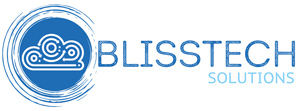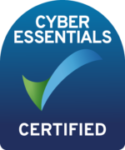As more venues open up for face to face meetings, some are introducing their own track and trace systems using a QR code that you need to scan with your mobile phone. But how? This video explains how to scan a QR code with your phone so you are not trying to figure it out when you arrive at your meeting.
More Content
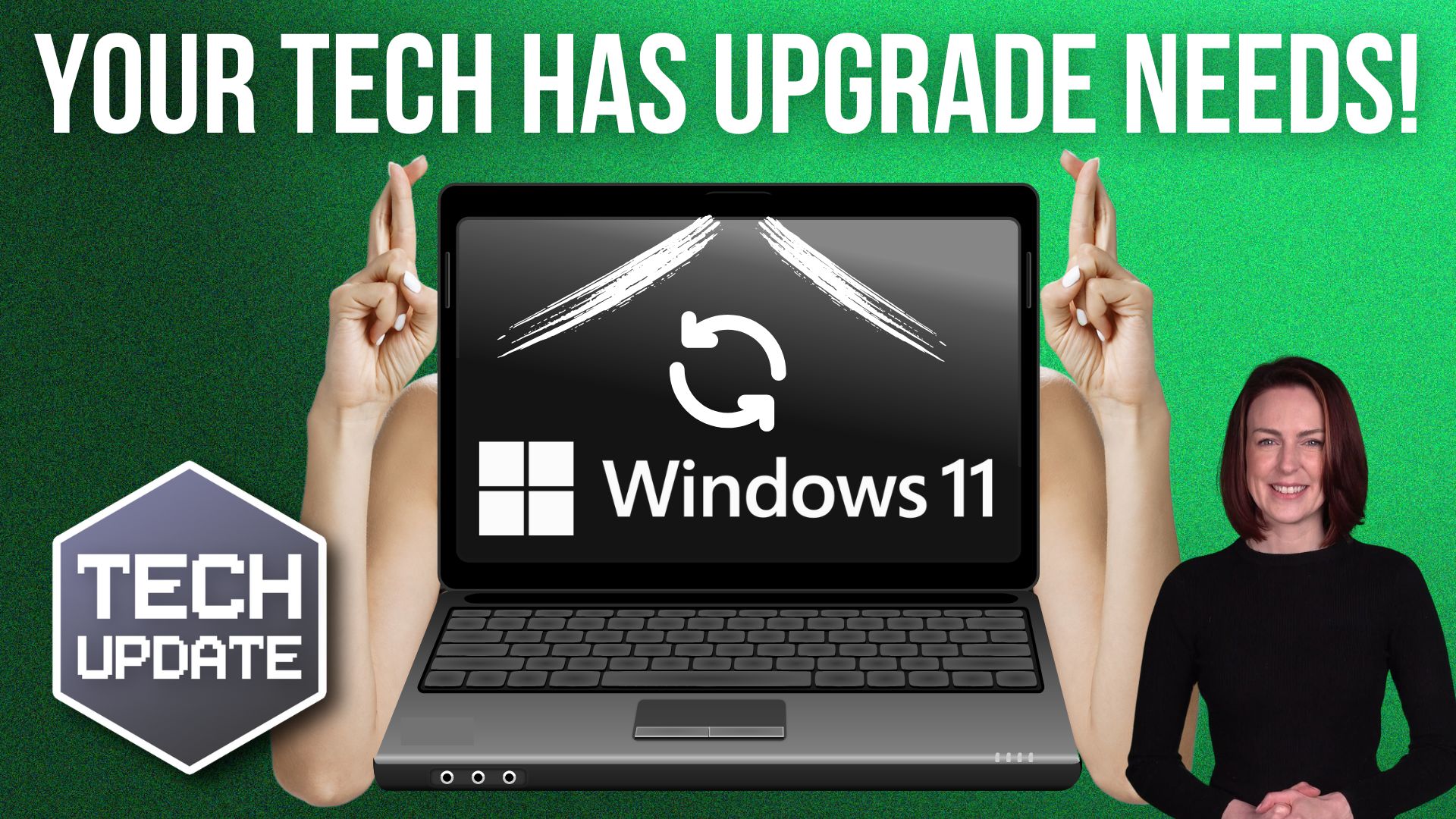
Warning: Don’t ignore hardware requirements for Windows 11
Do you love keeping your employees happy by allowing them to work remotely? Or do you think everyone is more productive in the office? Businesses are divided on this right now… here are some important considerations before you decide what’s best for your team.

You’ve heard of Copilot… but what is it?
You might have heard about Microsoft Copilot, but what is it? And will it really make a difference to your workday or business? We explain it all here.
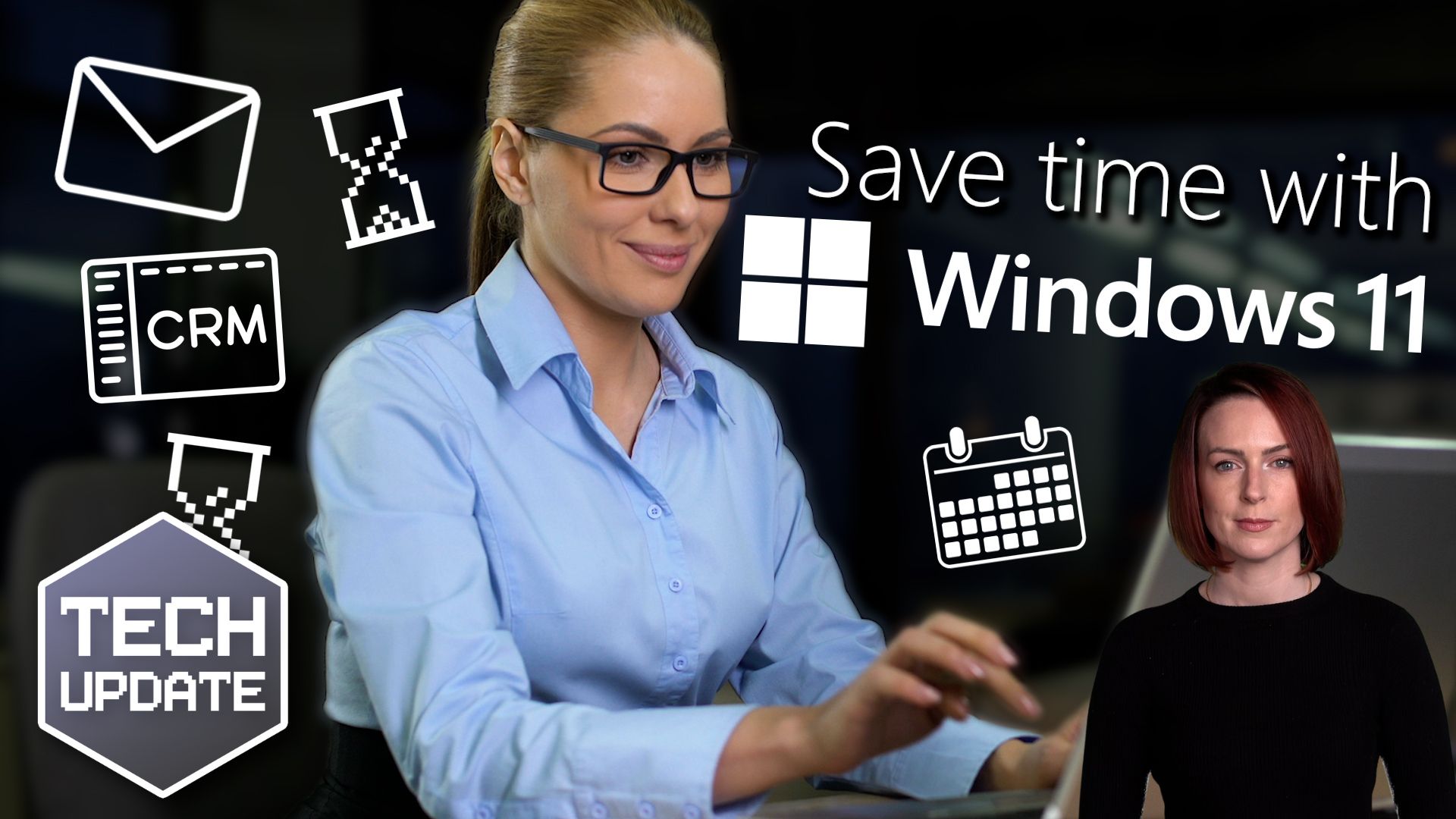
Time saver: Autostart your favourite Windows 11 apps
Imagine starting your PC and your favourite apps open automatically. It’s a small change that could save you a lot of time. Here’s how to make it happen…
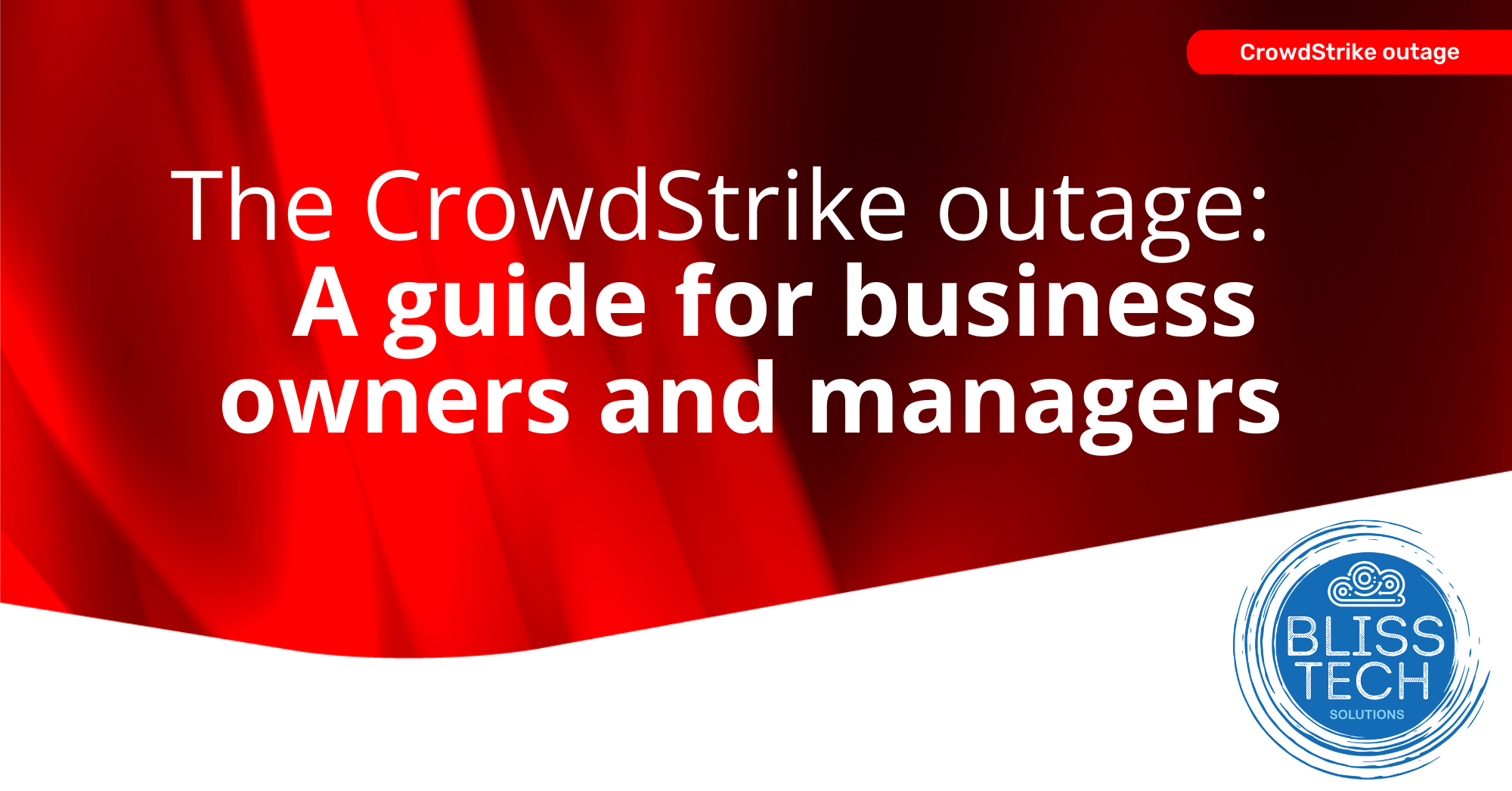
Bonus Guide: The Crowdstrike Outage Explained

Outdated backup systems could leave your business vulnerable
When did you last review your business’s backup tools? Outdated backup systems can fail to protect you from modern threats, like ransomware attacks. If you want a reliable backup system, here’s what you need to know…

Tech Tip: How to use Pivot Tables in Excel

How To Secure Your Business When Remote Working

Why you’re better off in a contract with your IT company

Free support for Windows 10 ends in TWO WEEKS
In just over two weeks, Microsoft ends free support for Windows 10 as it reaches end of life. If your business is still using it, this is going to affect you. Here’s what you need to know…

